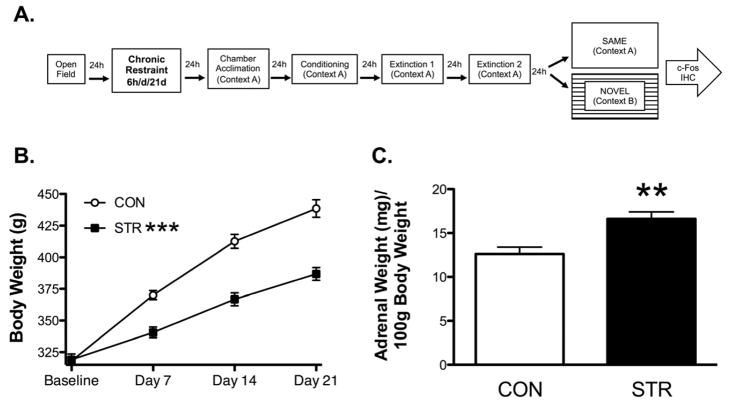Figure 1. Timeline and Stressor Effectiveness.
(A) Experimental Timeline. All groups were tested on the open field then the following day were either subjected to chronic wire mesh restraint (6h/d/21d) or handled briefly. Following chronic restraint, rats were acclimated to the conditioning chamber (Context A), and the next day were trained with 3x tone CS-footshock pairings. The next two days (Extinction 1 and 2, respectively), both groups underwent cued fear extinction with 15 CS-alone trials in Context A. Then the next day, both groups were either tested (6x CS) in the same (Context A) or a novel context chamber (Context B) and were euthanized 90min later and brains were processed for Fos immunohistochemistry. (B). Chronic restraint stress attenuated body weight gain across 21d of wire mesh restraint. (C) Chronically stressed rats had significantly greater adrenal weight per 100g of body weight. Data are represented as mean ± SEM; n=9–10/group. ***p<0.001 vs. CON on Days 7, 14, and 21. **p<0.01 vs. CON.

